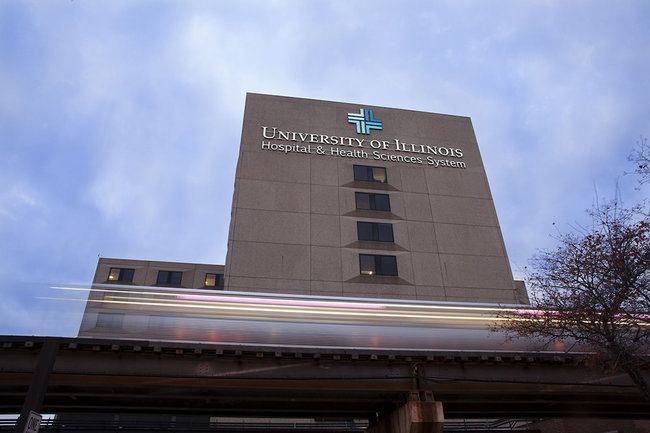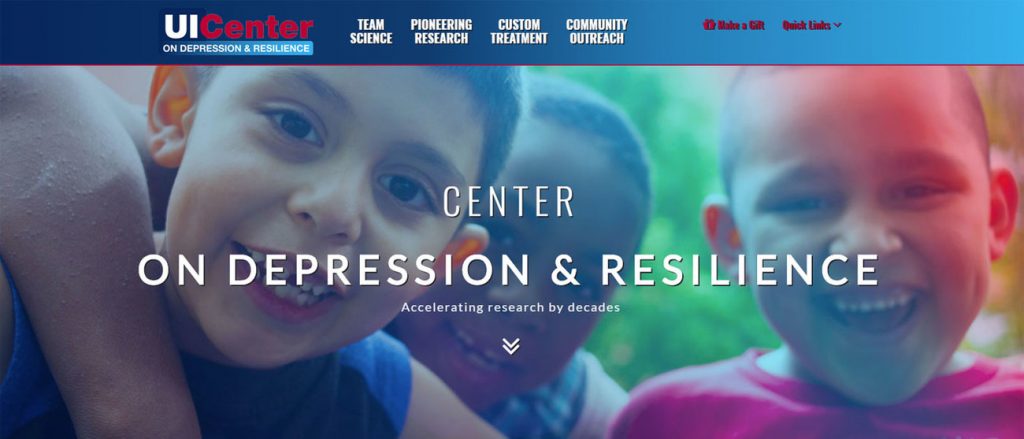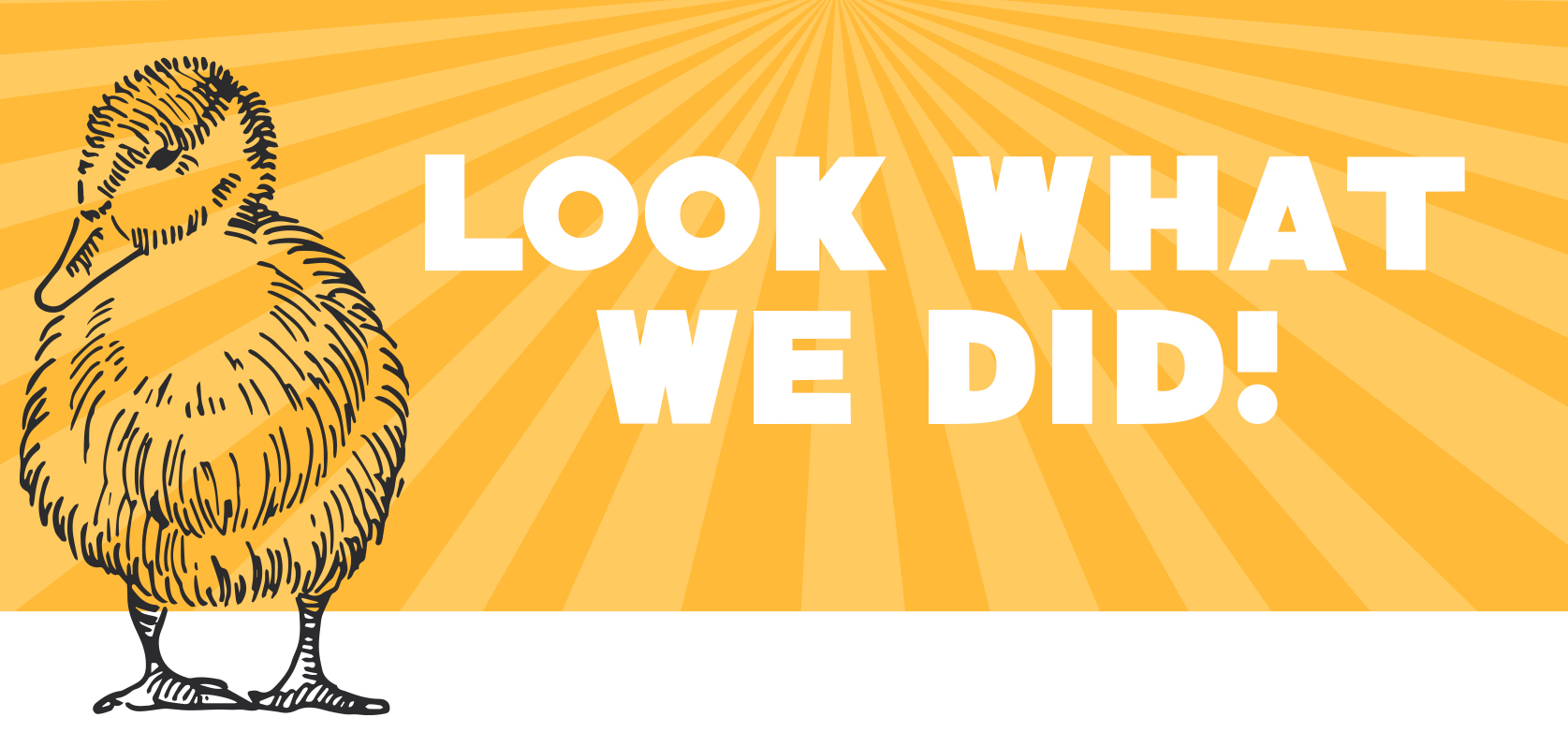UI Center on Depression & Resilience
Accelerating depression research by decades through a team approach to science.

Did you know by some estimates it can take research 20 years to move from bench to bedside?
From the moment a researcher conceives of an approach to the time it is put into practice two decades may have passed.
Imagine all the things that can happen in those 20 years. Imagine all the things that have happened in your life in the last 20. Imagine all the things that have happened in the world.
An estimated 40 million adults suffer from depression in the U.S. each year.
An estimated 48,344 end their lives by suicide in the U.S. each year.
Now, multiply that by 20, and you begin to see the problem.
A multi-disciplinary center bringing together over 25 scientists from diverse academic backgrounds to pool their talent, share their research, and work collaboratively to end depression.
It sounds incredible—all of these brilliant scientists on the same page; focused on the same issue—it worked for cancer treatment in the 1970s, removing stigma and saving lives. Why couldn’t it work here? Why couldn’t it work with depression?
Neuroscientists. Community psychologists. Biophysicists. Social workers. Psychiatrists. Pharmacologists. Neurobiologists. Bioengineers. Chemists. Computer scientists.
Each pioneering in their own right. Advancing the frontiers of medicine and mental health. Saving lives.
The major challenge: scientists are not trained to promote their colleague’s work. It doesn’t come naturally to anyone to rave about what others are accomplishing. Especially when funding is an issue, resources are tight, and we aren’t exactly sure what it is our neighbor does anyway.

Strategy
We began with interviews.
A lot of interviews.
Thirty-two, to be exact.
We learned about their backgrounds and their motivations. Why did they get into science in the first place? Why mental health in particular? And, why depression, specifically? We got them talking about their research, their findings, what it meant, and what it could mean in the future.
In short, we Malcolm Gladwell-ed them!
Putting their work into context and placing that context into a bigger frame, we looked for themes—ways to connect the dots.
We visited shimmering modern offices of glass and steel and labyrinthian basement laboratories, specialized clinics with murals on the wall, and grade school classrooms where the future of children’s mental health is happening.
We heard heartbreaking personal struggles and family hardships and deeply intimate experiences with anxiety, depression, and trauma. We learned about breakthrough technologies and revolutions in brain mapping; we heard of programs that transform a playground into an environment that actively improves mental health and mathematical formulas to discern the physics of thought.
And, then, we started connecting the dots.
We identified themes around the work. Areas where we could promote collaborative research. Concepts bundled together and presented.
Team Science.
Pioneering Research.
Custom Treatment.
Community Outreach.
Four informal areas of research within the Center. Four areas that we could promote. Four compelling stories to tell.
We created a narrative around each one that identified the unique contributions that area of research could make in treating depression. We found ways to align these stories on a single focus and direct them to a formal ask and an overall purpose. We identified and trained ambassadors in each area to connect with donors and be media-ready. We built a dynamic website and crafted seventy-two stories for the launch. We pitched media to cover groundbreaking work. We also developed a robust messaging framework, talking points, and communication tools to share the story of the Center itself and cross-promote one another’s work.

Results
A shared narrative allowed UICDR to develop shared goals and objectives.
In conjunction with their first strategic plan, they had a strategic story to tell that aligned diverse and disparate focus around a single purpose—to accelerate depression research by decades and find more effective treatments.
UICDR used this new story for grants, funder meetings, VC pitches, media coverage (radio, press, television), digital content, events, and presentations, including such unconventional venues as a film premiere, an SXSW appearance, and a National Geographic special.


